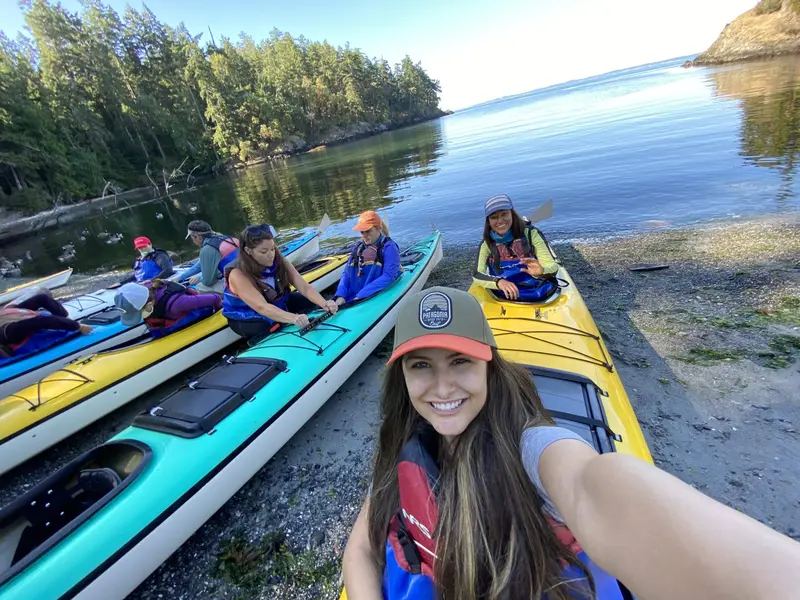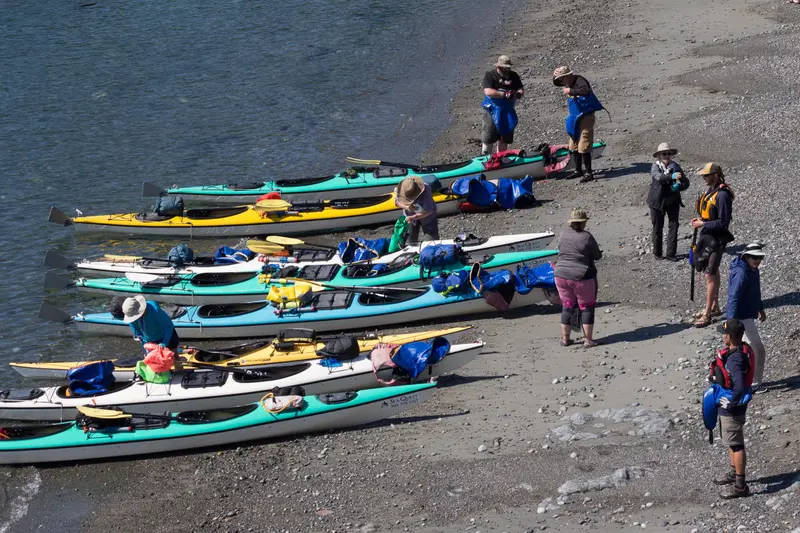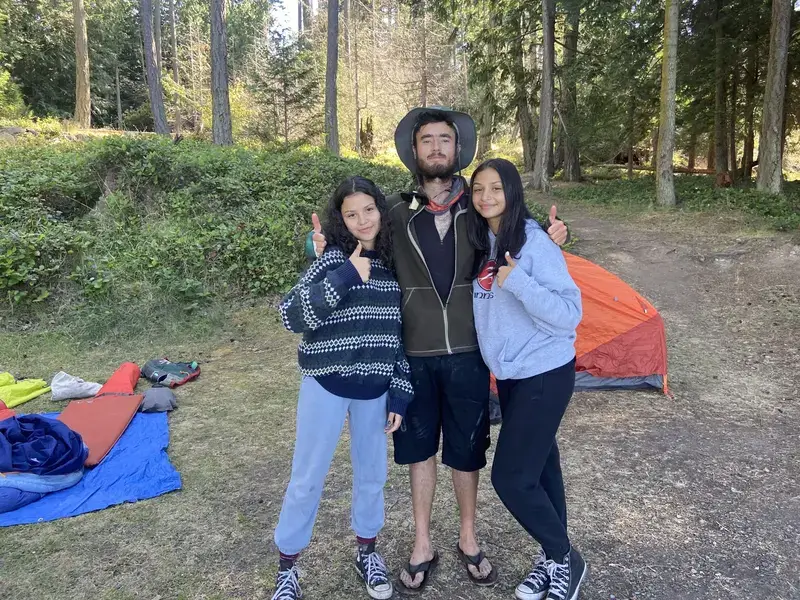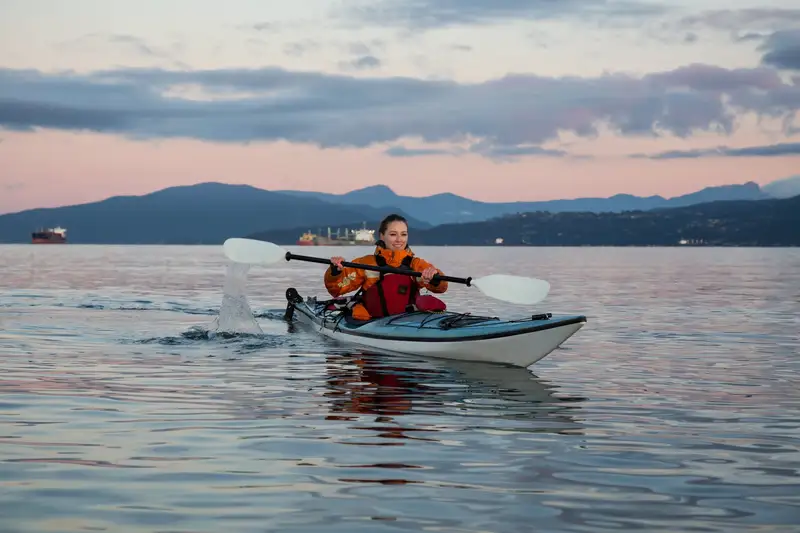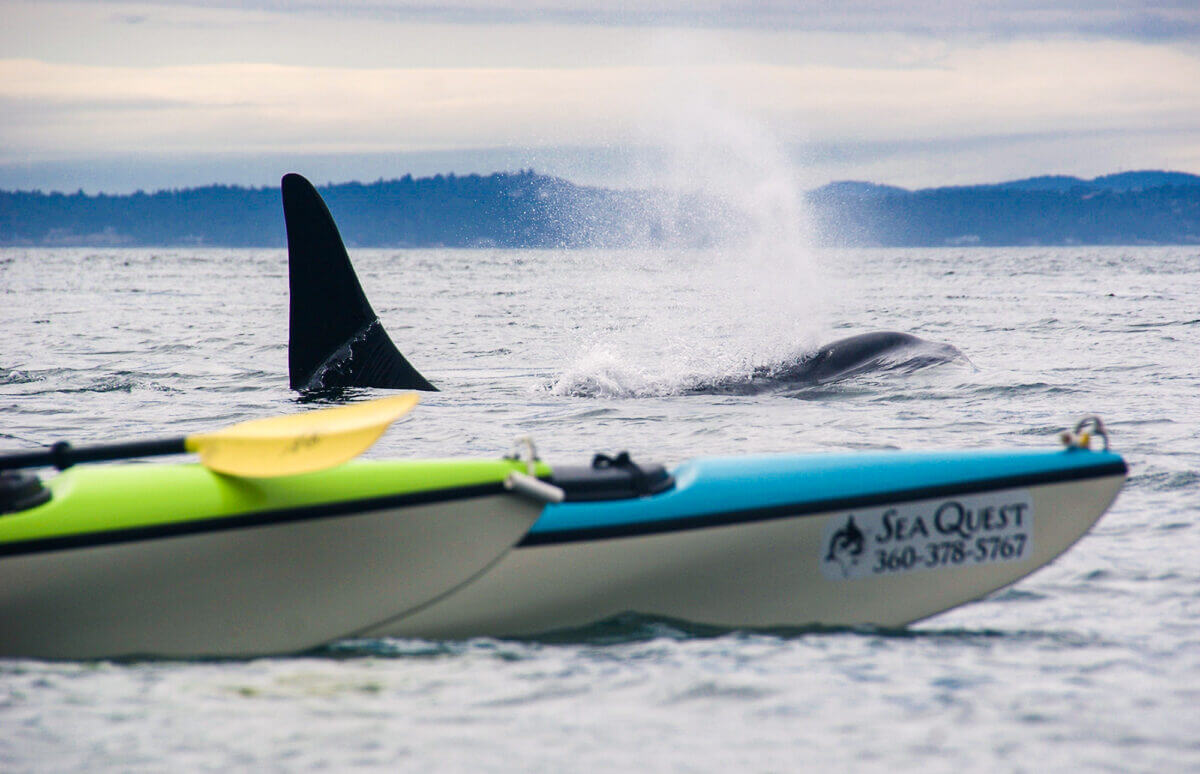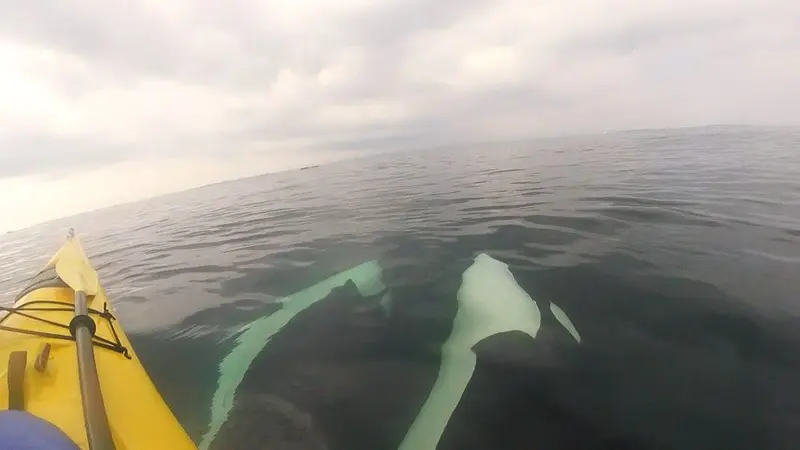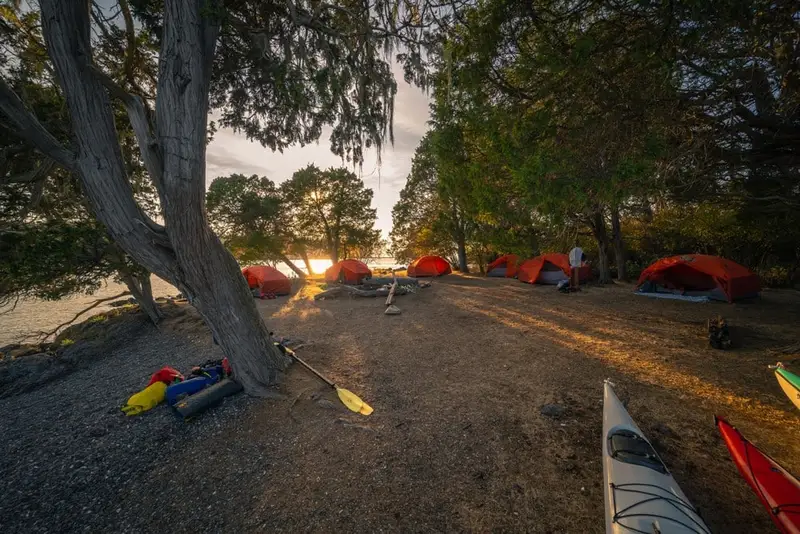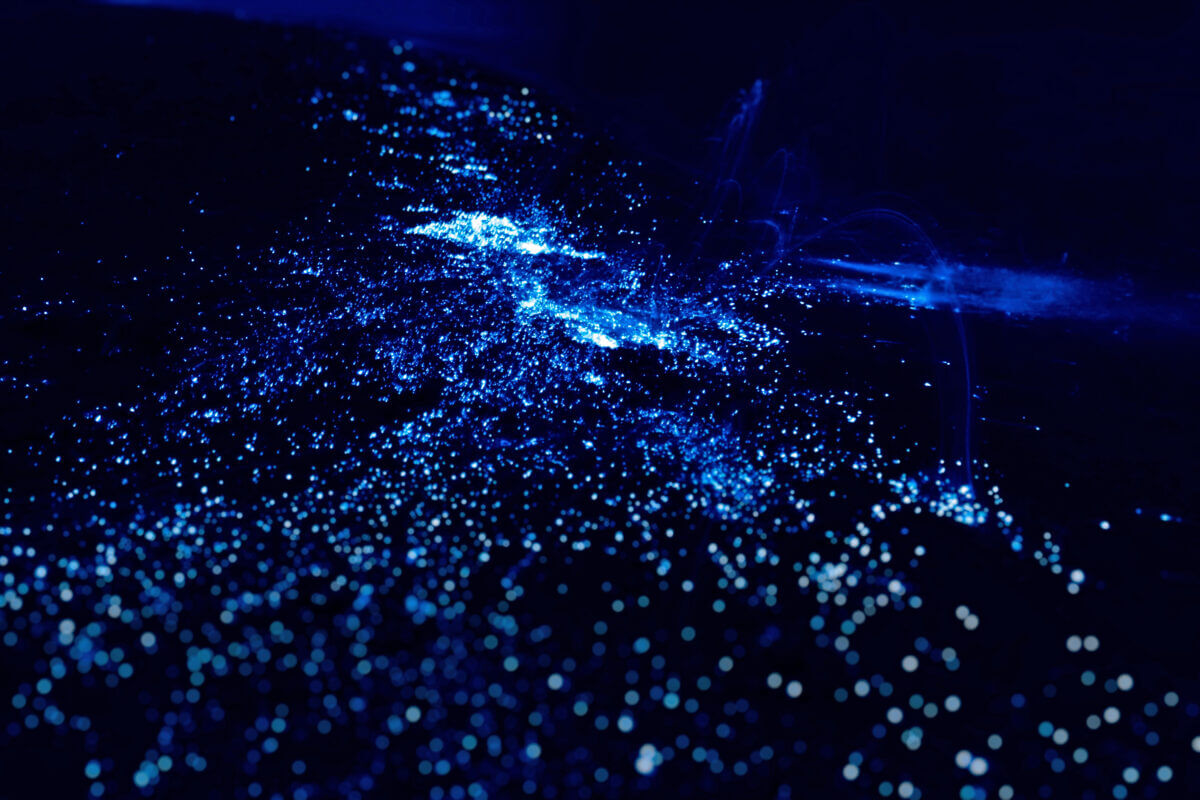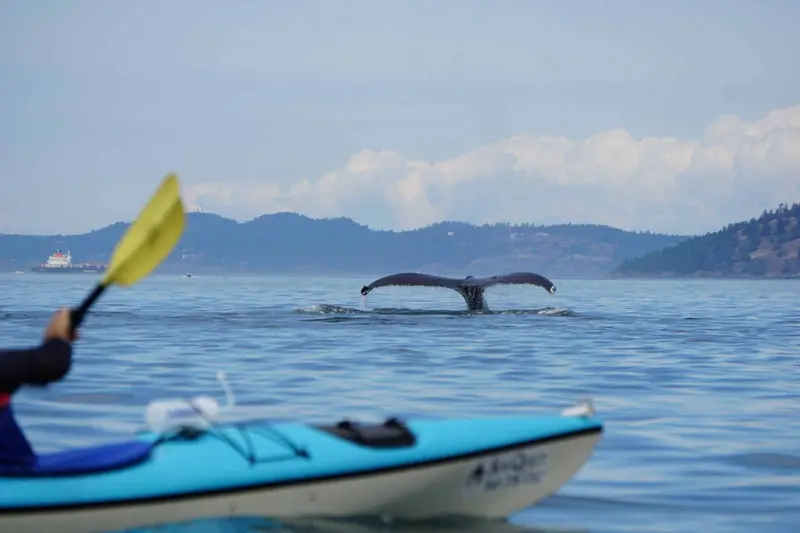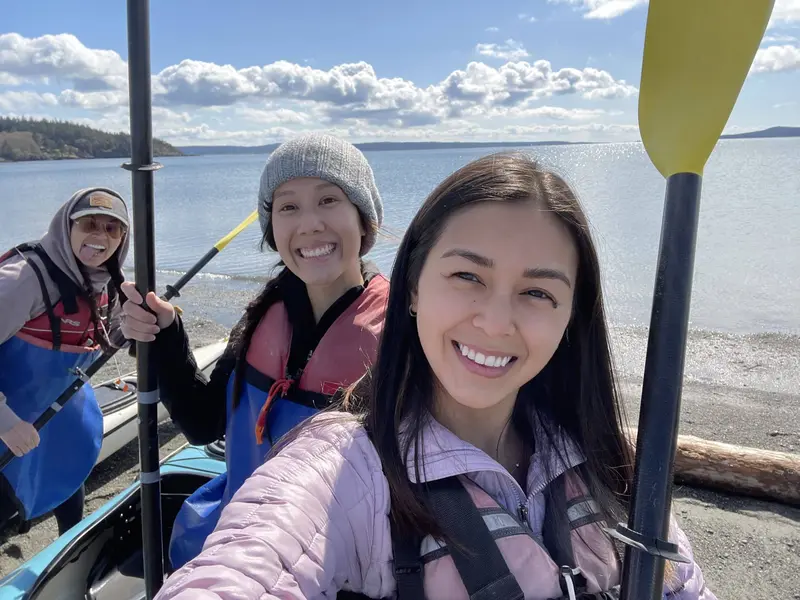The latest confirmed birth, recorded on February 21 in L-pod, brings the “southern resident” killer whale community population up to 89 whales. Their population, believed to have been historically in the high 100s, was cut in half or worse by captures for marine parks, which ended in the 1970s. Pollution and declining salmon populations then caused declines in from the 1970s-1990s.
The killer whales’ population plummeted to 71 by 1973, climbed to 99 in 1995, then plunged again to 79 six years later. The population rebounded to 80 in 2002, 83 in 2003, 85 in 2004 and 89 in 2005, and has seesawed around 88 since then. The three southern resident orca whale pods were belatedly declared endangered by the U.S. and Canada in 2005 despite years of urging by environmentalists and kayak tour companies in the San Juan Islands.
The National Marine Fisheries Service is required to write a recovery plan for the killer whales. The most controversial proposed element of the plan is to ban kayaking from the west side of San Juan Island. No scientific rationale for this proposed kayaking ban exists and it is presumed to be an attempt by NMFS to be publicly seen as finally “doing something” to help killer whales, however misguided. Meanwhile they dodge making the hard decisions regarding reducing pollution and recovering endangered salmon populations, the two scientifically proven threats to the orca whales, and go for easy political targets like whale watching groups.
In a previous blog entry, we stated our opposition to any ban on kayaking around San Juan Island. Fortunately, we have the support of local government and whale biologists. Everyone who cares about orca whales wants to see scientifically prescribed measures taken that will actually help them recovery and not waste time on red herrings. Sea kayaks are obviously no-impact vessels and have no effect on the whales provided that simple ethical rules are followed, such as no chasing, etc.
The “grandfather” of killer whale biologists, Ken Balcomb, said “I told the government that for 20 years the population is going to go up and down like this. The long-term solution to an upswing here is fish. We need to get the Chinook salmon restored. If there’s not enough fish, you can have a baby, but it’s not going to survive.” This photo of the orca mother and newborn was taken by Dave Ellifrit of the Center for Whale Research.

